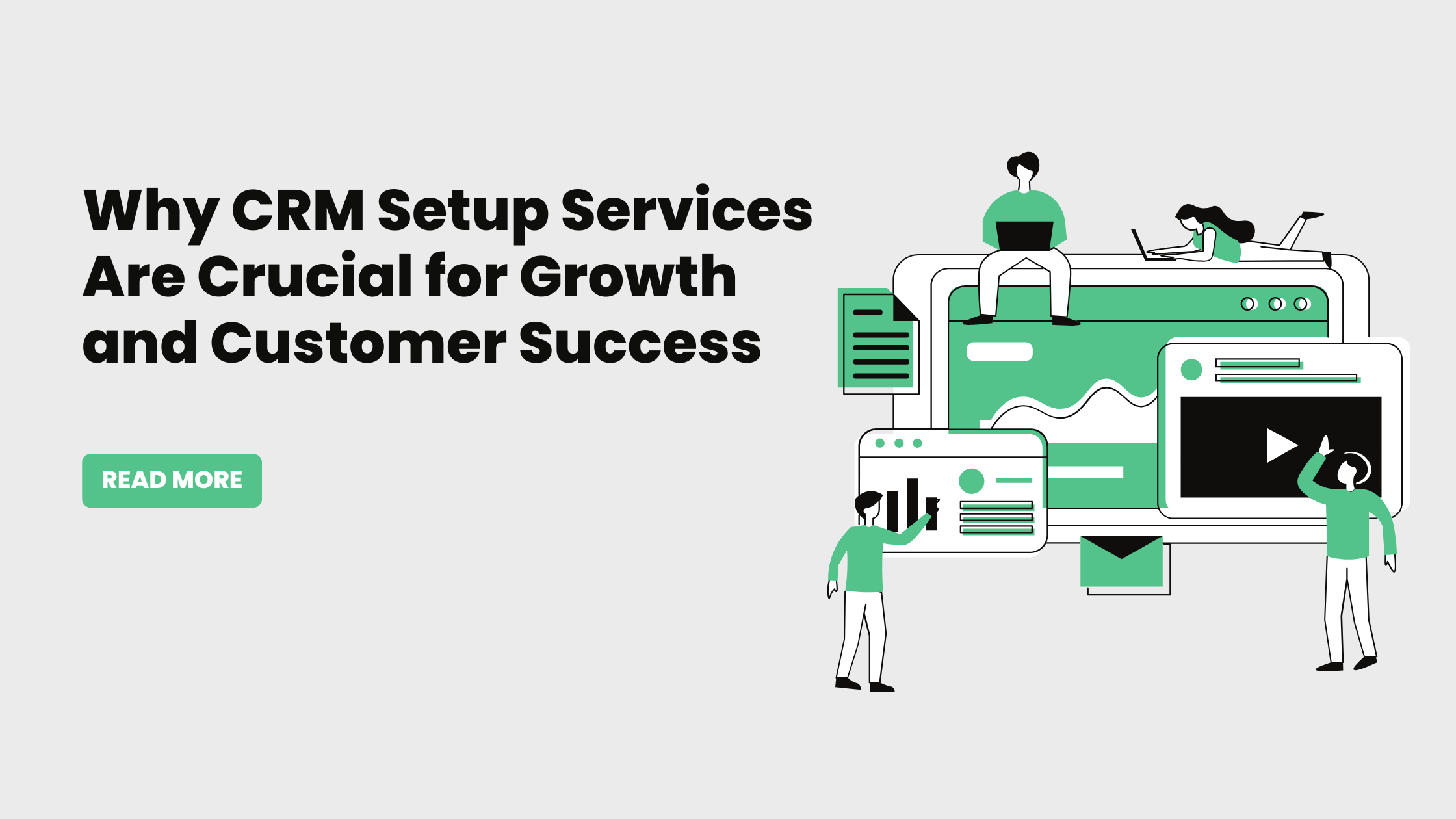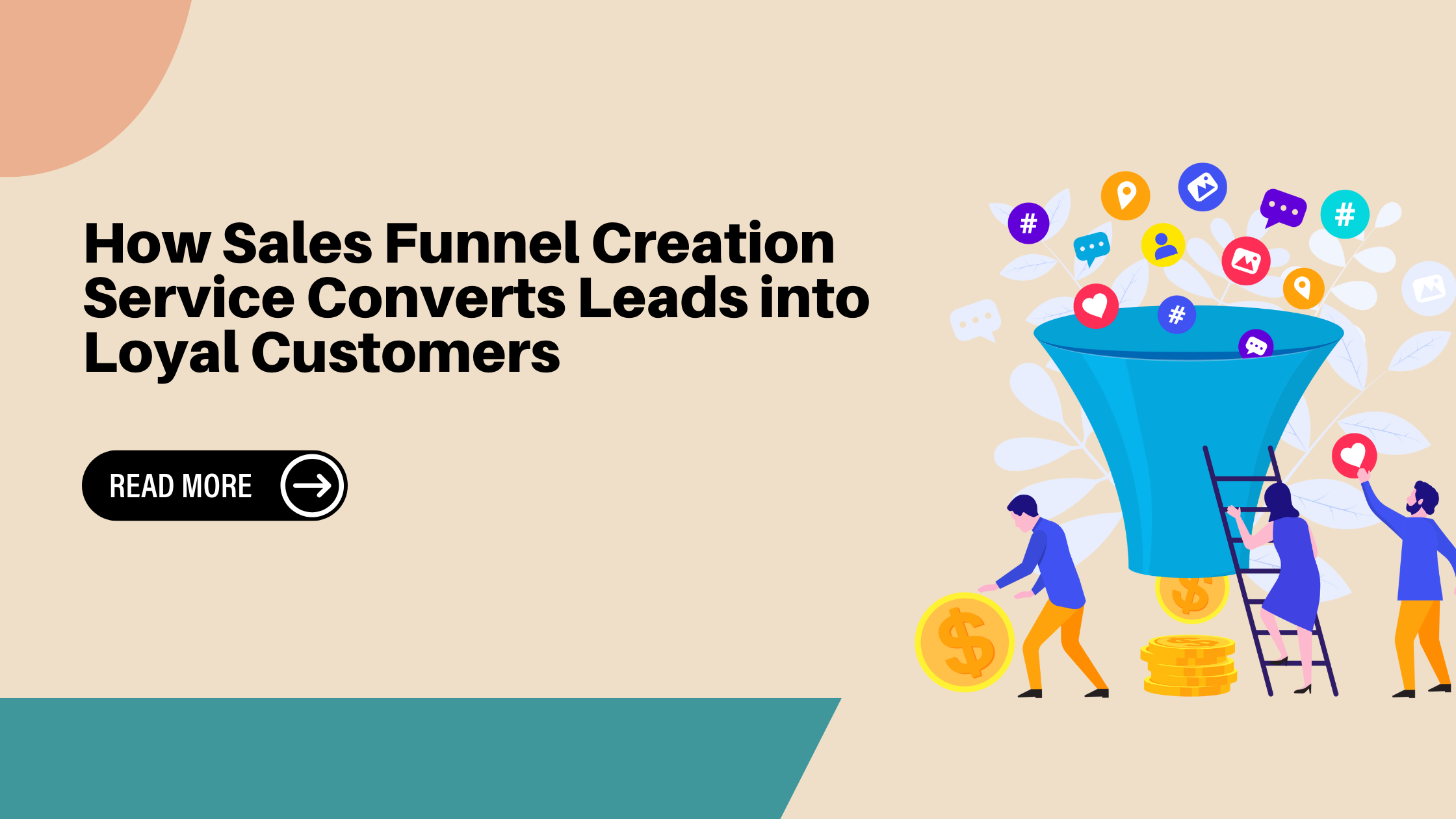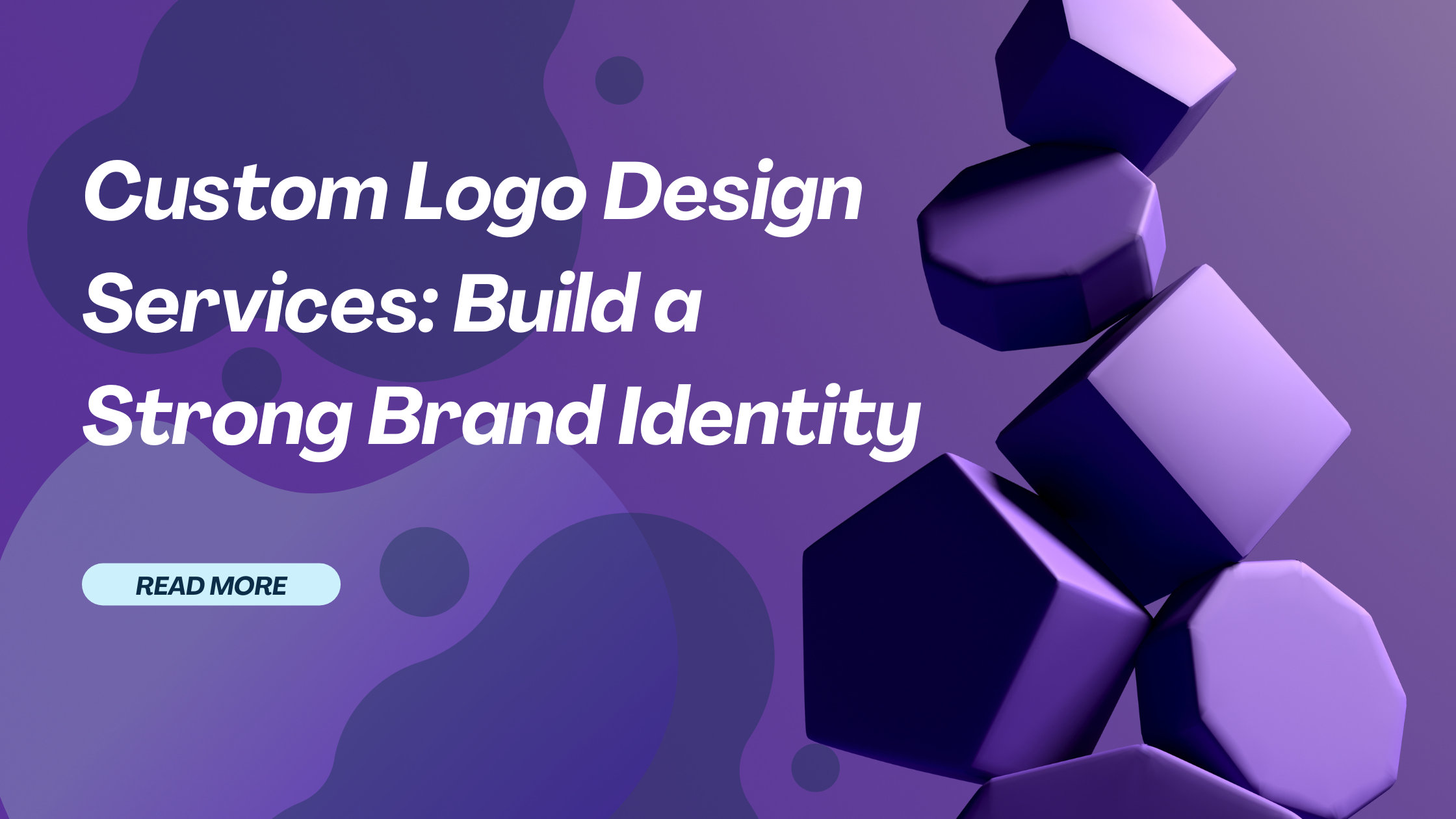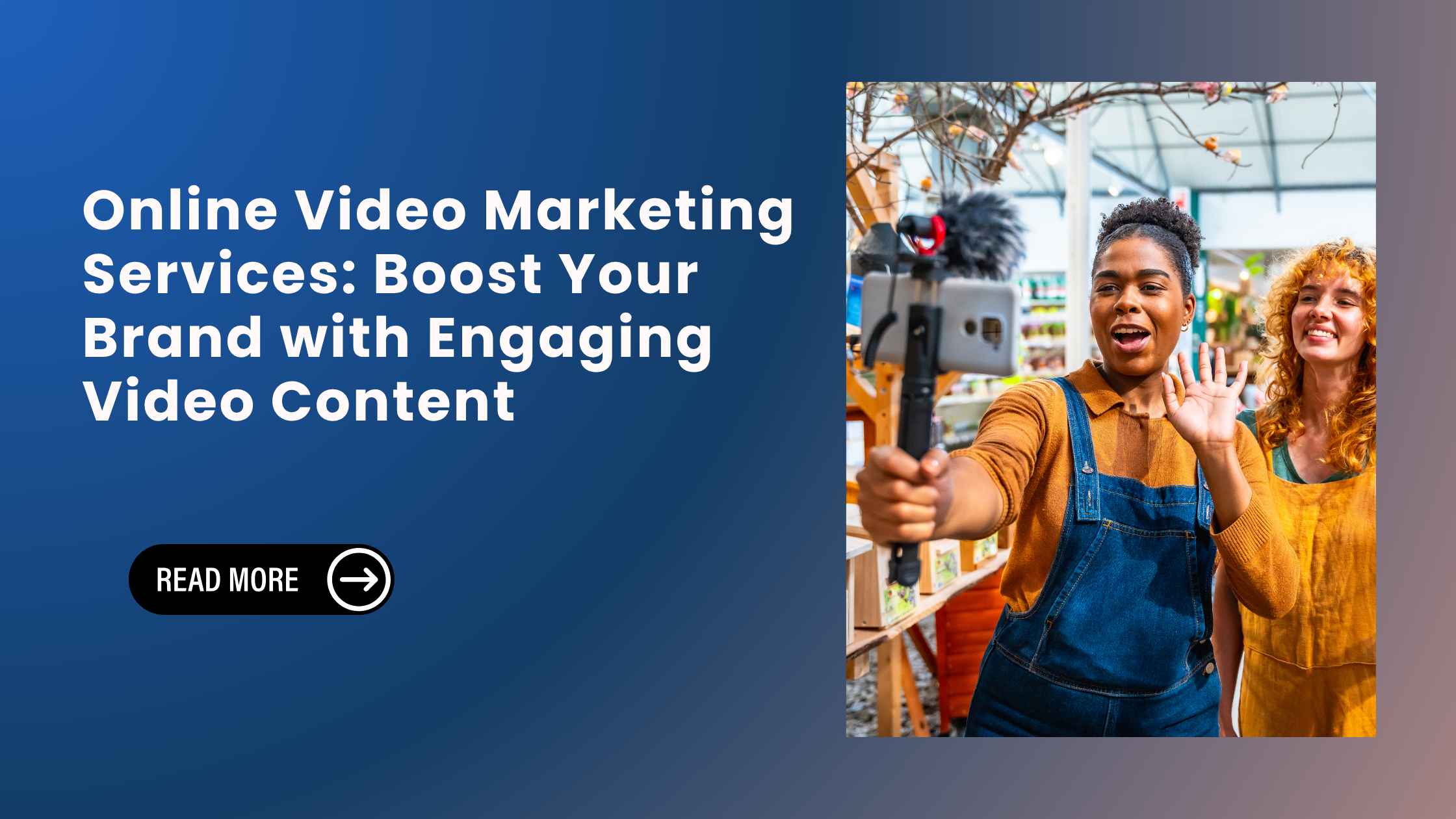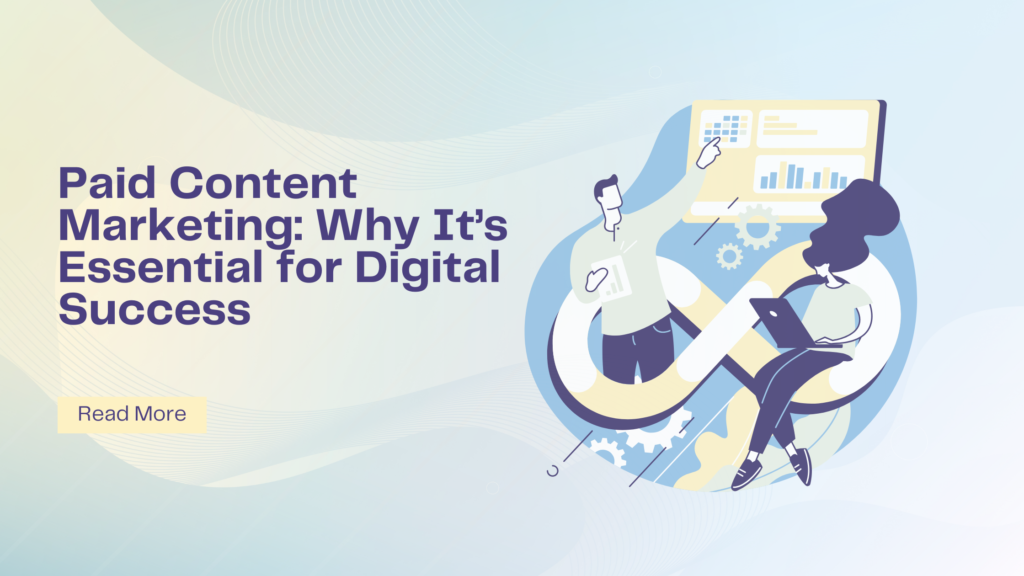
Paid Content Marketing: Why It’s Essential for Digital Success
As digital landscapes continue to evolve across the US and UK, paid content marketing has emerged as a dominant force. Businesses can no longer rely solely on organic reach—today, strategic investment in content promotion is crucial to ensure visibility, engagement, and return on investment. Whether you’re a startup or an established enterprise, understanding and leveraging paid content marketing can determine your competitive edge.
What Is Paid Content Marketing?

Paid content marketing refers to the promotion of branded content through paid channels to increase visibility, engagement, and conversions. These channels may include social media ads, sponsored blog posts, native advertising, search engine marketing, and influencer partnerships. Unlike traditional display ads, paid content marketing blends naturally into a user’s content consumption experience.
This approach is gaining traction because organic reach is steadily declining on major platforms like Facebook and Instagram. Algorithms increasingly favor content backed by ad spend, making paid promotion not just beneficial but essential. In fact, 86% of B2B marketers already use paid distribution strategies, primarily through social media and promoted posts.
Why Businesses in the US and UK Are Prioritizing Paid Strategies
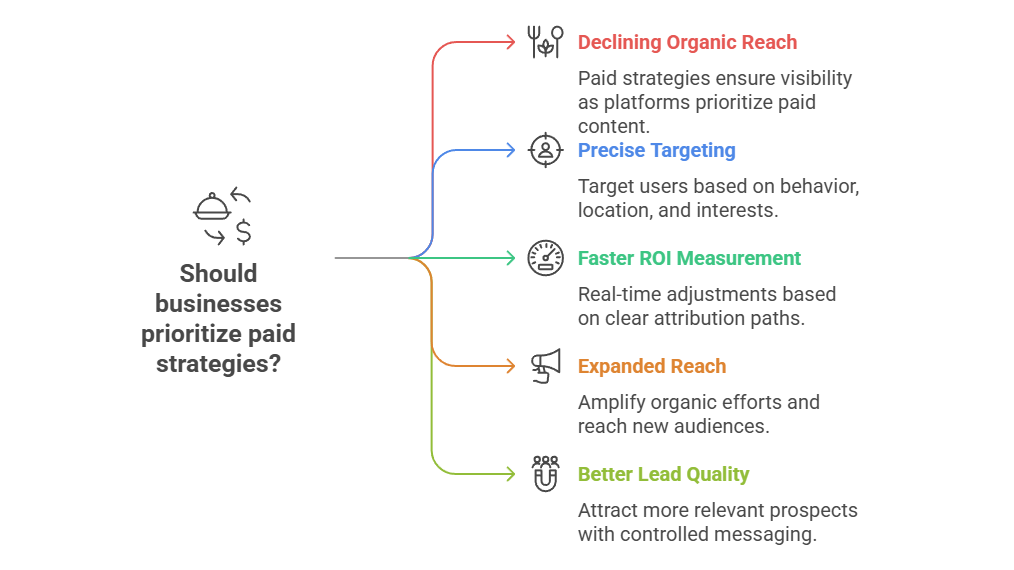
In both the US and UK, competition for attention online is fierce. With content saturation on nearly every platform, marketers need more than quality—they need reach. Paid strategies offer targeted distribution, ensuring that content gets in front of the right eyes.
Key reasons for this shift:
1. Declining Organic Reach:
Major platforms are designed to prioritize paid over organic posts, pushing brands to invest in ads to stay visible.
2. Precise Targeting Capabilities:
Platforms like Facebook, LinkedIn, and Google allow brands to target users based on behavior, location, and interests.
3. Faster ROI Measurement:
Paid campaigns provide clearer attribution paths, letting marketers tweak campaigns in real-time.
4. Expanded Reach:
63% of marketers use paid content marketing to amplify organic efforts and reach new audiences.
5. Better Lead Quality:
Paid content enables message control, attracting more relevant prospects.
Across sectors—from tech and finance in the US to e-commerce and healthcare in the UK—paid content strategies are being integrated into larger digital marketing budgets.
Comparing Paid Content to Traditional Marketing and Organic Content
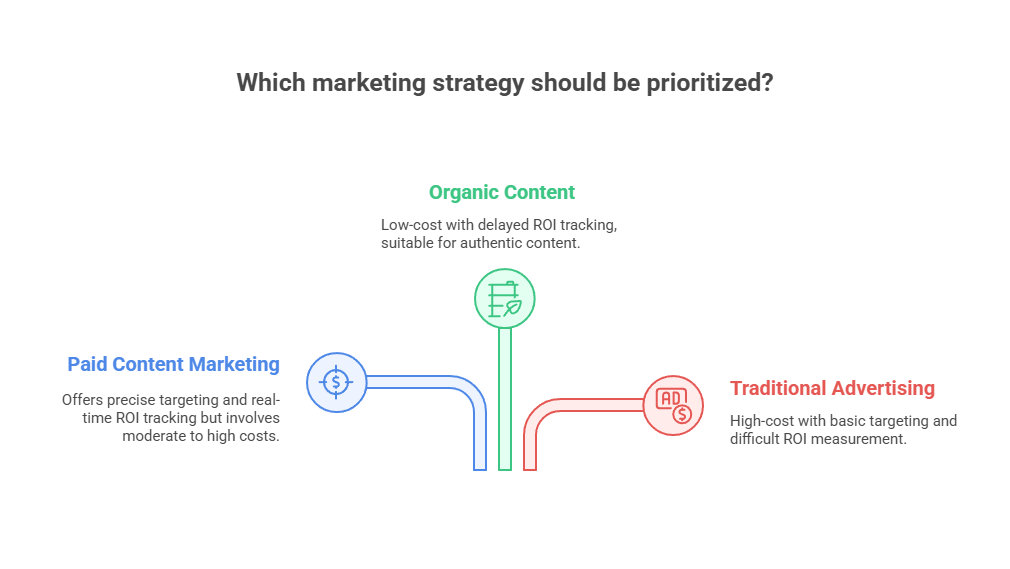
It’s important to understand how paid content marketing compares with traditional advertising and purely organic content efforts:
1. Paid Content Marketing
Paid content marketing involves moderate to high costs, but offers highly precise targeting and real-time ROI tracking. It generates strong engagement when well-targeted and performs best on native and adaptive platforms like social media and search engines.
2. Organic Content
Organic content is low-cost and relies on broader or general targeting. ROI tracking is delayed, and engagement builds slowly over time. It performs well when platforms favor authentic, relevant content, though its reach is limited without paid support.
3. Traditional Advertising
Traditional advertising tends to be high-cost, with basic demographic targeting and indirect or difficult-to-measure ROI. Engagement is generally low, and the content usually lives on external platforms like TV, radio, or print, making it less adaptive to digital behavior.
The Most Effective Paid Content Platforms in 2025
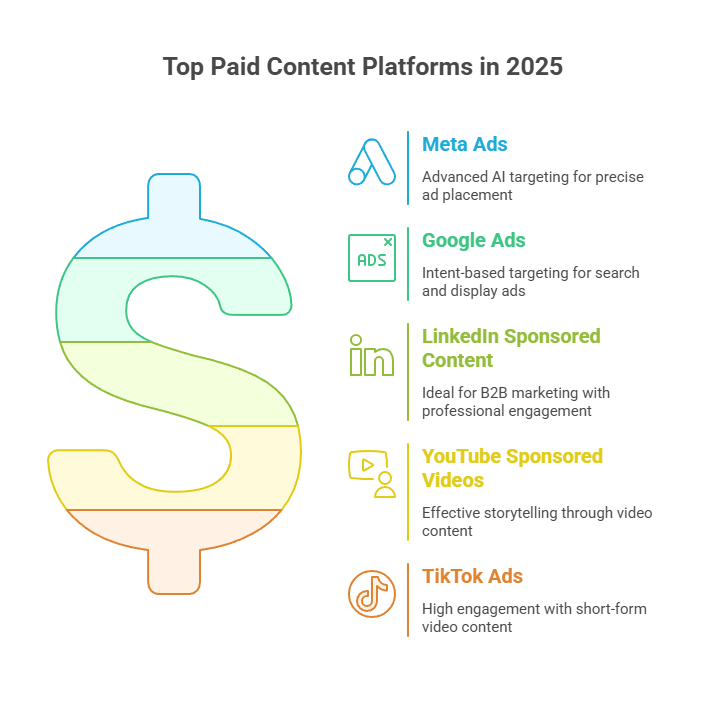
Choosing the right platform is key. Based on current market trends, here are some top-performing paid content marketing platforms in 2025:
1. Meta (Facebook & Instagram Ads)
With advanced AI targeting, Meta remains a powerhouse. Brands can retarget site visitors, build lookalike audiences, and control ad placement with precision.
2. Google Ads (Display + Search)
Perfect for intent-based targeting. Search ads help you reach users actively seeking solutions, while display ads boost brand awareness on a wide web of partner sites.
3. LinkedIn Sponsored Content
Ideal for B2B marketers in both the US and UK. Professionals engage with industry-related content more on LinkedIn than any other platform.
4. YouTube Sponsored Videos
Great for storytelling. Brands can embed their message within video content that users already enjoy.
5. TikTok Ads
One of the fastest-growing platforms, TikTok’s short-form video content sees high engagement, especially in younger demographics.
Budgeting for Paid Content Marketing: What Should You Expect?
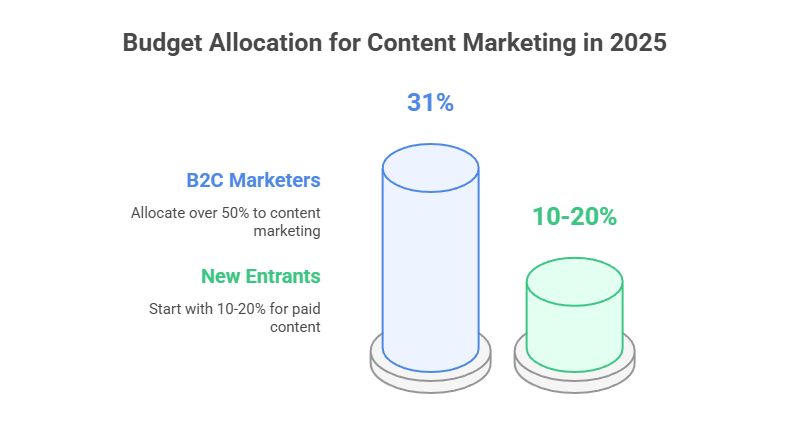
Budgeting can vary depending on business goals, but smart allocation is essential. As of 2025:
-
31% of B2C marketers allocate more than 50% of their marketing budget to content marketing alone.
-
On average, content marketing produces six times higher conversion rates than traditional marketing, making it a solid investment.
If you’re new to this space, start with 10–20% of your digital marketing budget dedicated to paid content. Gradually increase based on performance metrics like cost-per-click (CPC), cost-per-acquisition (CPA), and return on ad spend (ROAS).
How to Craft a High-Performing Paid Content Strategy
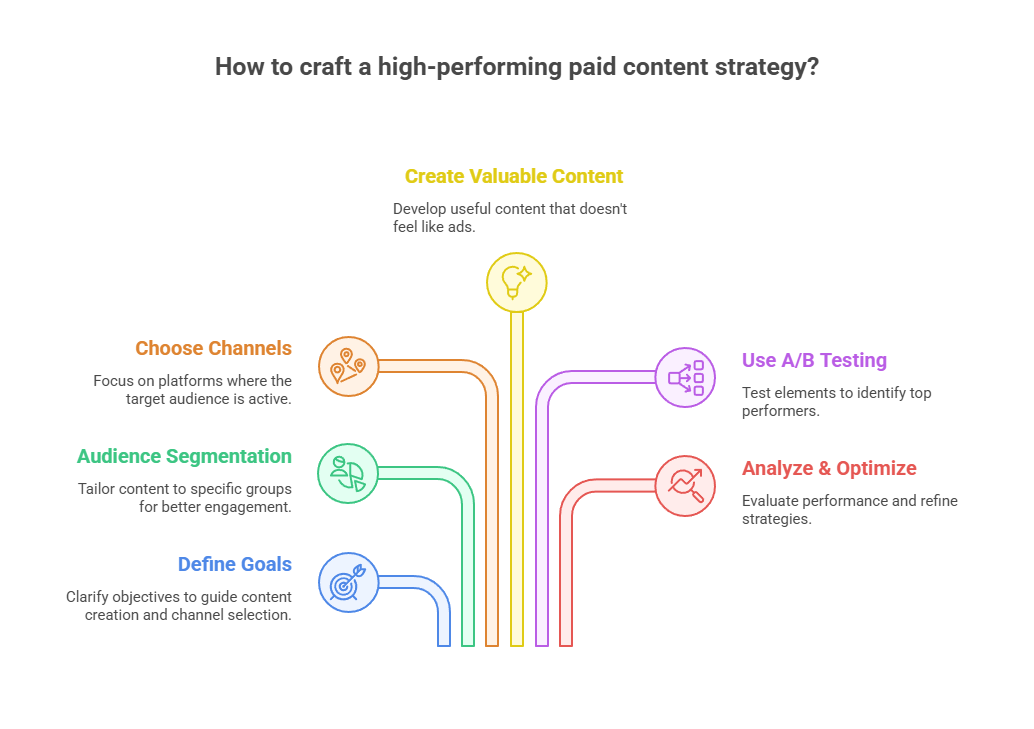
A well-rounded paid content marketing plan involves more than just ad spend. Here’s how to do it right:
1. Define Your Goals:
Are you aiming for leads, sales, brand awareness, or traffic?
2. Audience Segmentation:
Create tailored content for specific groups—this improves click-through rates and conversion.
3. Choose the Right Channels:
Focus on where your audience is most active.
4. Create Native, Valuable Content:
The more useful your content is, the higher the engagement—ads should never feel like ads.
5. Use A/B Testing:
Always test visuals, CTAs, and headlines to find top performers.
6. Analyze & Optimize:
Use analytics tools to evaluate performance, adjust budgets, and refine strategies.
How TaskVirtual Can Help You Win at Paid Content Marketing
Running an effective paid content campaign takes time, expertise, and consistency—something many small to mid-sized businesses struggle to maintain. This is where TaskVirtual’s online marketing services step in as your digital ally.
Here’s how TaskVirtual boosts your paid content marketing:
1. Expert Campaign Management:
TaskVirtual’s team ensures AI-enhanced targeting, ad placement, and bidding strategies that stretch your ad dollars.
2. Data-Driven Content Creation:
With skilled writers and editors, they craft content tailored to paid platforms, ensuring native feel and high conversion.
3. Cross-Channel Optimization:
From Meta Ads to LinkedIn and Google Search, TaskVirtual integrates your paid campaigns across multiple platforms.
4. Affordable Pricing:
Services start as low as $3.12/hour to $14.99/hour, making it one of the most cost-effective options in the US/UK market.
5. Proven Track Record:
With 364+ positive reviews and a 4.7-star rating on leading VA platforms, TaskVirtual’s reputation speaks for itself.
6. Expert Consultation on Demand:
Whether you’re launching your first campaign or scaling an enterprise effort, TaskVirtual’s specialists guide you every step of the way.
Partnering with TaskVirtual not only saves time but maximizes your campaign ROI—letting you focus on your core business while experts handle the paid strategy.
Future Trends: Where Paid Content Marketing Is Heading
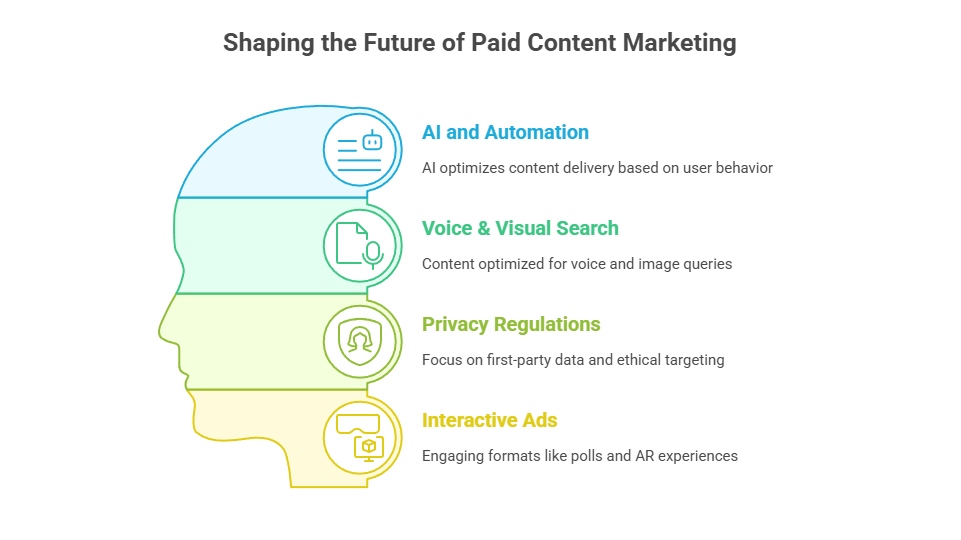
As we look beyond 2025, several trends are set to shape the paid content landscape:
1. AI and Automation:
Platforms like Meta and Google are now using AI to auto-optimize content delivery based on user behavior and performance patterns.
2. Voice & Visual Search:
Content will increasingly need to be optimized for voice and image queries, especially in retail and local search.
3. Privacy Regulations:
As cookies phase out, first-party data and ethical targeting will dominate strategy decisions.
4. Interactive Ads:
Polls, quizzes, AR experiences, and other interactive formats will continue to boost engagement.
Conclusion
In an age where attention is the new currency, paid content marketing offers a direct path to visibility, engagement, and measurable growth. Businesses across the US and UK are already shifting budget and strategy in this direction—and those who don’t may get left behind.
By embracing platforms like TikTok, Google, and LinkedIn—and by partnering with experienced providers like TaskVirtual—you can build a high-ROI content strategy that pays off in both the short and long term.



